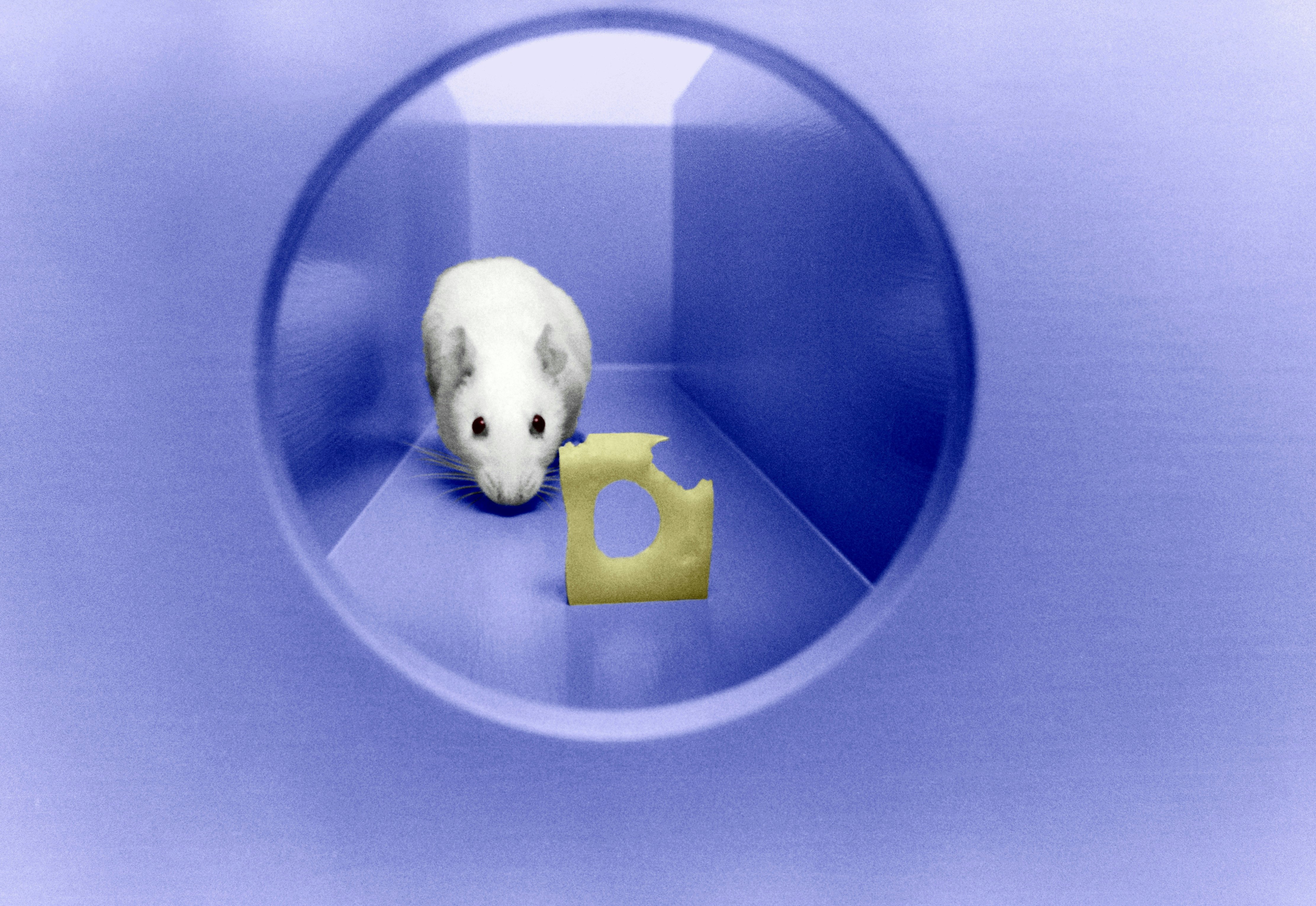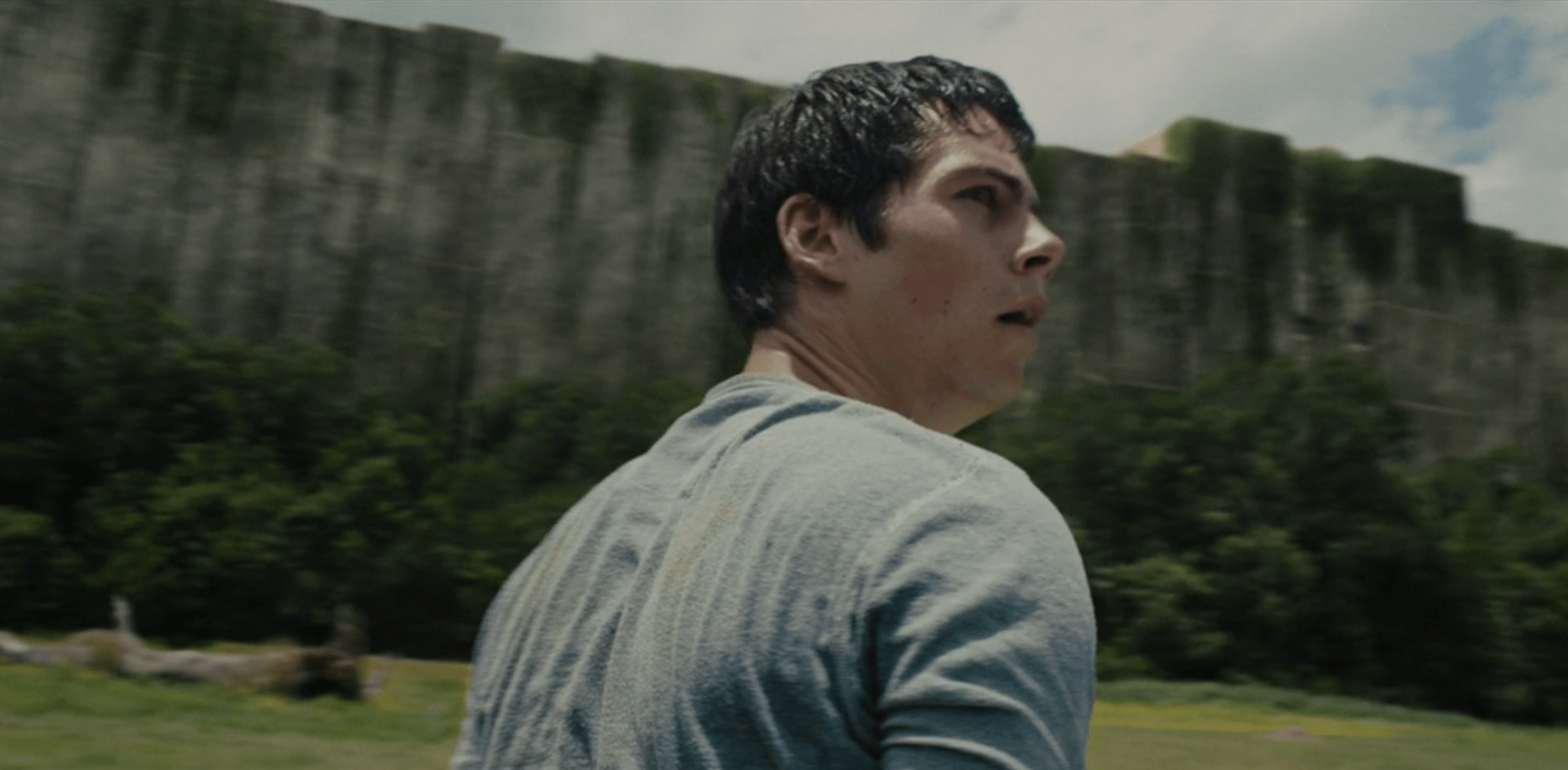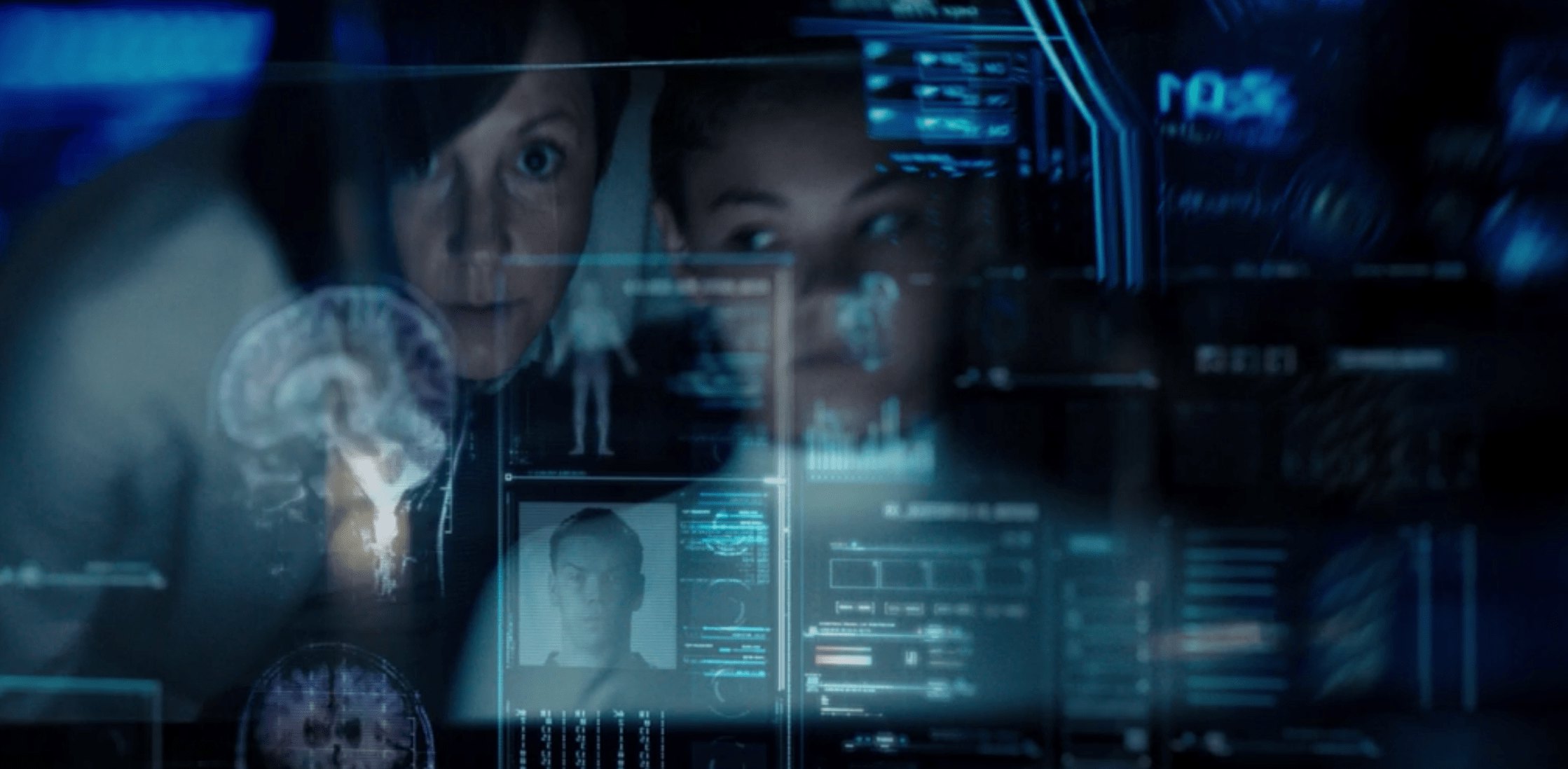
It’s hard to remember now, but there was a time not long ago when dystopian movies starring teens dominated the box office.
In the early 2010s, hits like The Hunger Games and Divergent catapulted actresses Jennifer Lawrence and Shailene Woodley to stardom. Maze Runner rounded out this unofficial trilogy of sci-fi-inspired teen franchises, but just how realistic is the science behind this dark thriller?
(Spoilers ahead for The Maze Runner.)
In the movie, Earth has been devastated by a deadly pandemic called the Flare, a disease that appears to affect the brain. But some people, like the boys in The Maze Runner, are immune.
Scientists from a group known as WICKED have placed the boys in a stressful maze environment to map their brain patterns as they attempt to escape from the maze. Their goal: to find a cure for the disease through this bizarre experiment.
Experts say the movie’s massive scientific experiment isn’t exactly convincing, even if it is entertaining on the big screen.
“I can’t see how putting children in an ever-changing maze would provide any insight into their disease resistance,” Charles Vorhees tells Inverse. Vorhees is a neuroscientist and co-director of the Animal Behavior Core lab.
Reel Science is an Inverse series that reveals the real (and fake) science behind your favorite movies and TV.
How do real-life maze experiments work?

In the movie, boys live surrounded by a walled maze that appears to be the size of a small city. The movie’s behemoth maze is a technological miracle — its shape changes every night, confounding the “runners” who search the maze for an escape. Monsters known as Grievers also lurk in the maze.
“They run the maze, mapping it, memorizing it, trying to find a way out,” one of the other boys tells newcomer Thomas, the movie’s protagonist.
Such a sophisticated maze isn’t exactly plausible, but Maze Runner’s setup does bear a slight resemblance to real-life rodent mazes that test the animal’s memory and cognitive ability to navigate spaces.
“We often use mazes because rodents have very good spatial navigational skills, and the tests provide clear objective measures for learning and memory,” Lindsay Lueptow, supervisor of UCLA’s Rodent Behavioral Testing Core, tells Inverse.
The most famous one is the classic Morris water maze, where mice have to locate a hidden platform in a murky pool. (Vorhees spearheaded a similar experiment known as the Cincinnati water maze). Another variation is the radial arm maze, which places a food reward in some of the “arms” of the maze to test the rodent’s memory.
“There are basically two types of long-term memory that a rodent or any mammal, including people, can use to find their way through a complex environment,” Vorhees says.
The first is allocentric or spatial navigation. Using allocentric memory, humans can effectively generate a spatial map to escape mazes. The part of the brain that we use to do this is the hippocampus.
“Regardless of whether the maze changes every night or not, you’d likely be using your hippocampus to get around,” Lueptow says.
The second is egocentric or implicit memory, and it includes skills we’ve learned how to do through repetition like brushing our teeth or driving a car.
Vorhees says that if the children in The Maze Runner could see “stable, unchanging cues” outside or above the walls of the maze, then they could use those fixed landmarks to escape the maze. But the walls of the maze are so tall and uniform in The Maze Runner that the children can’t rely on any such landmarks.
“In that case, they’d have to rely on egocentric navigation, which relies on self-movement cues, such as having a fixed starting point and traveling in a given direction at a given speed for a given length of time and making a series of turns that one memorizes to use the next time,” Vorhees says.
The problem is that the maze changes every day, but you could theoretically use egocentric memory to escape from the experiment in a single day before the maze alters its paths.
Is Maze Runner’s experiment realistic?

The basic idea of putting humans in a maze that they have to try and memorize and escape from before it changes each day isn’t outlandish and actually resembles some rodent experiments.
“All the tasks you mention are fairly similar in that the rodent is placed in the apparatus and must use spatial cues around the room to navigate to an escape or to find a specific reward,” Lueptow says.
The idea of an ever-changing maze has been replicated in real-life experiments. In the Morris water maze, you can change the position of the hidden platform every day to test the roden’t memory, Vorhees explains. Mazes are also not a bad way to test for brain diseases in theory because the hippocampus — which becomes impaired in degenerative diseases like Alzheimer’s — relies on spatial navigation.
“So using tests that rely on spatial navigation are useful when modeling these brain diseases or testing new treatments,” Lueptow adds.
But the maze experiment falls apart when we examine its specifics.
First: In order to achieve their objective of understanding why the children are unique, you’d need both an experimental group of children immune to the disease — which we have in the movie — and a control group of kids who are vulnerable to the disease. But there is no control group in the movie.
“In this hypothetical experiment, you’d need to put the ‘special’ children in the maze and measure how they did and then put ‘ordinary’ children in the same maze and compare outcomes,” Vorhees says.
Second: The idea that children need to be placed in a high-stress environment to map their brain patterns also doesn’t hold much water. Generally, you want to minimize the effects of stress in memory and learning experiments. Even in the Morris water maze, rodents — who are good swimmers — don’t face the life-and-death stakes that human children do in The Maze Runner.
“If you’re interested in understanding how a virus impacts one’s cognitive abilities, I wouldn’t necessarily want to introduce the additional variable of stress,” Lueptow says.
Vorhees adds: “I can’t see how such an experiment would lead to any insight as to how these children differ from other children.”
Could we test humans in mazes in real life?

“The young would have to be tested, sacrificed, inside of harsh environments, where their brain activity could be studied. All in an effort to understand what makes them different,” explains the director of WICKED.
In the movie, WICKED is portrayed as a somewhat nefarious group conducting unethical experiments on children to find a cure for the disease infecting humanity. But could you actually put humans in a maze in real life to test their cognitive functions? Maybe, but there’s not much point, experts say.
“Theoretically, you could test humans in the same maze-based tests as rodents, but it would sort of be pointless,” Lueptow says.
There are more sophisticated tools now to test human spatial memory and learning, like using virtual reality in a laboratory setting. You can use word repetition games or less physically intensive puzzle-solving.
“Basically, because we can talk to each other, testing human cognition is much easier than testing rodent cognition,” Lueptow adds.
Even if you did put humans in a maze for a scientific experiment, tracking their brain activity on the level seen in the movie would be near impossible because you can’t study brain patterns in “freely moving people,” Vorhees says. Instead, they’d need to be viewing a virtual reality maze in some kind of fixed brain scanner.
But rodent mazes are likely here to stay — even if human mazes like the ones we see in The Maze Runner never manifest.
“Unfortunately, because we cannot give humans experimental treatments and our abilities to ‘look’ at live human brains are limited, we still need our animal models,” Lueptow says.
Maze Runner is streaming now on HBO Max.







